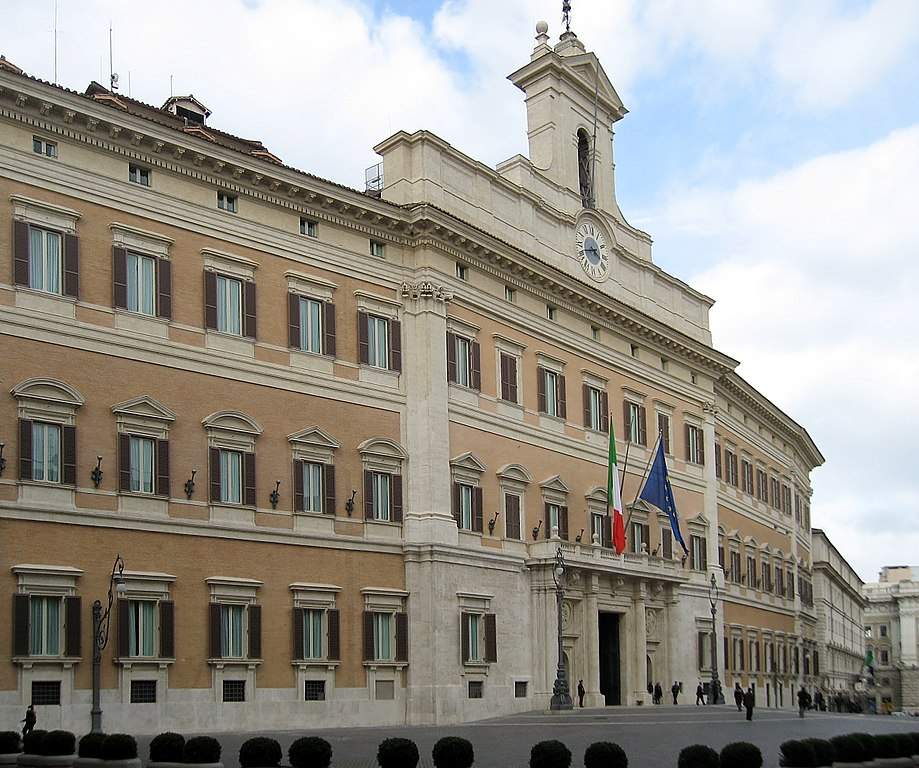Italy has ratified the Faro Convention, or the “Council of Europe Framework Convention on the Value of Cultural Heritage for Society,” after a 15-year journey: in fact, the Convention was signed in the Portuguese city of Faro on October 27, 2005. Italy had first signed the treaty in 2013, but for ratification it needed the approval of the Senate and the House: the Senate approved it in October 2019 (147 votes in favor, 46 against, and 42 abstentions), and this morning the House approved it with 237 in favor, 119 against, and 57 abstentions. Italy thus joins 39 other countries that had already ratified the Faro Convention (including Germany, the United Kingdom, Spain, Portugal, Switzerland, Austria, Russia, Sweden, Norway, and Finland).
The Faro Convention is a document that aims to establish the value of cultural heritage for European society, recognizing knowledge and cultural heritage as human rights. It consists of 23 articles divided into five parts (Objectives, Definitions and Principles; The Contribution of Cultural Heritage to Society and Human Development; Shared Responsibility for Cultural Heritage and Public Participation; Control and Cooperation; Final Clauses).
Article 1 recognizes that the right to cultural heritage is inherent in the right to participate in cultural life, as defined in the Universal Declaration of Human Rights; recognizes an individual and collective responsibility towards cultural heritage; and emphasizes that the preservation of cultural heritage, and its sustainable use, have human development and quality of life as their goal. It goes on to state that cultural heritage is a set of resources inherited from the past that peoples identify, regardless of who owns them, as reflecting and expressing their ever-evolving values, beliefs, knowledge, and traditions, and that a heritage community consists of a group of people who value specific aspects of cultural heritage, and who wish, within the framework of public action, to sustain and transmit them to future generations (art. 2); that all forms of cultural heritage in Europe, which together constitute a shared source of remembrance, understanding, identity, cohesion and creativity (art. 3); that everyone has the right to benefit from cultural heritage and to contribute to its enrichment; and that the exercise of the right to cultural heritage may be subject only to such limitations as are necessary in a democratic society, for the protection of the public interest and of the rights and freedoms of others" (art. 4).</>
Again, the Convention commits European countries to highlight the value of cultural heritage through its identification, study, interpretation, protection, preservation and presentation, to ensure the right of all to enjoy it, to foster an economic and social climate that supports participation in cultural heritage activities, to promote the protection of cultural heritage (art. 5), to encourage reflection on the ethics and methods of presentation of cultural heritage, as well as respect for the diversity of interpretations, to develop knowledge of cultural heritage as a resource to facilitate peaceful coexistence (art. 7), to promote an integrated approach to policies affecting cultural, biological, geological and landscape diversity in order to achieve a balance among these elements (art. 8), and to define and promote principles for sustainable management and to encourage maintenance (art. 9). The potential of cultural heritage as a factor in economic development is also emphasized, so the Convention commits countries to raise awareness of the economic potential of cultural heritage and utilize it, to consider the specific character and interests of cultural heritage when planning economic policies, and to ensure that these policies respect the integrity of cultural heritage without compromising its intrinsic values (art. 10).</>
With regard to the management of cultural heritage, the Convention commits the parties to promote an integrated and well-informed approach by public institutions in all sectors and at all levels, to develop innovative methods for public authorities to cooperate with other actors, to respect and encourage voluntary initiatives that complement the roles of public authorities, to encourage nongovernmental organizations interested in heritage conservation to act in the public interest (art. 11), to encourage participation by all (art. 12), to facilitate the inclusion of the heritage dimension in all levels of education, not necessarily as a specific subject of study but as a fruitful source for other fields of study as well, to encourage continuing professional training and the exchange of knowledge and skills, both within and outside the educational system (art. 13), to enhance initiatives that promote content quality and commit to protect linguistic and cultural diversity in the information society, to foster international standards for the study, preservation, enhancement and protection of cultural heritage while combating illicit trafficking of cultural property, to combat obstacles that limit access (art. 14), and to monitor cultural heritage laws, policies and practices (arts. 15, 16, 17).</>
Pictured: Montecitorio Palace. Ph. Credit Manfred Heyde.
 |
| Italy ratifies the Faro Convention: final yes in the House |
Warning: the translation into English of the original Italian article was created using automatic tools. We undertake to review all articles, but we do not guarantee the total absence of inaccuracies in the translation due to the program. You can find the original by clicking on the ITA button. If you find any mistake,please contact us.